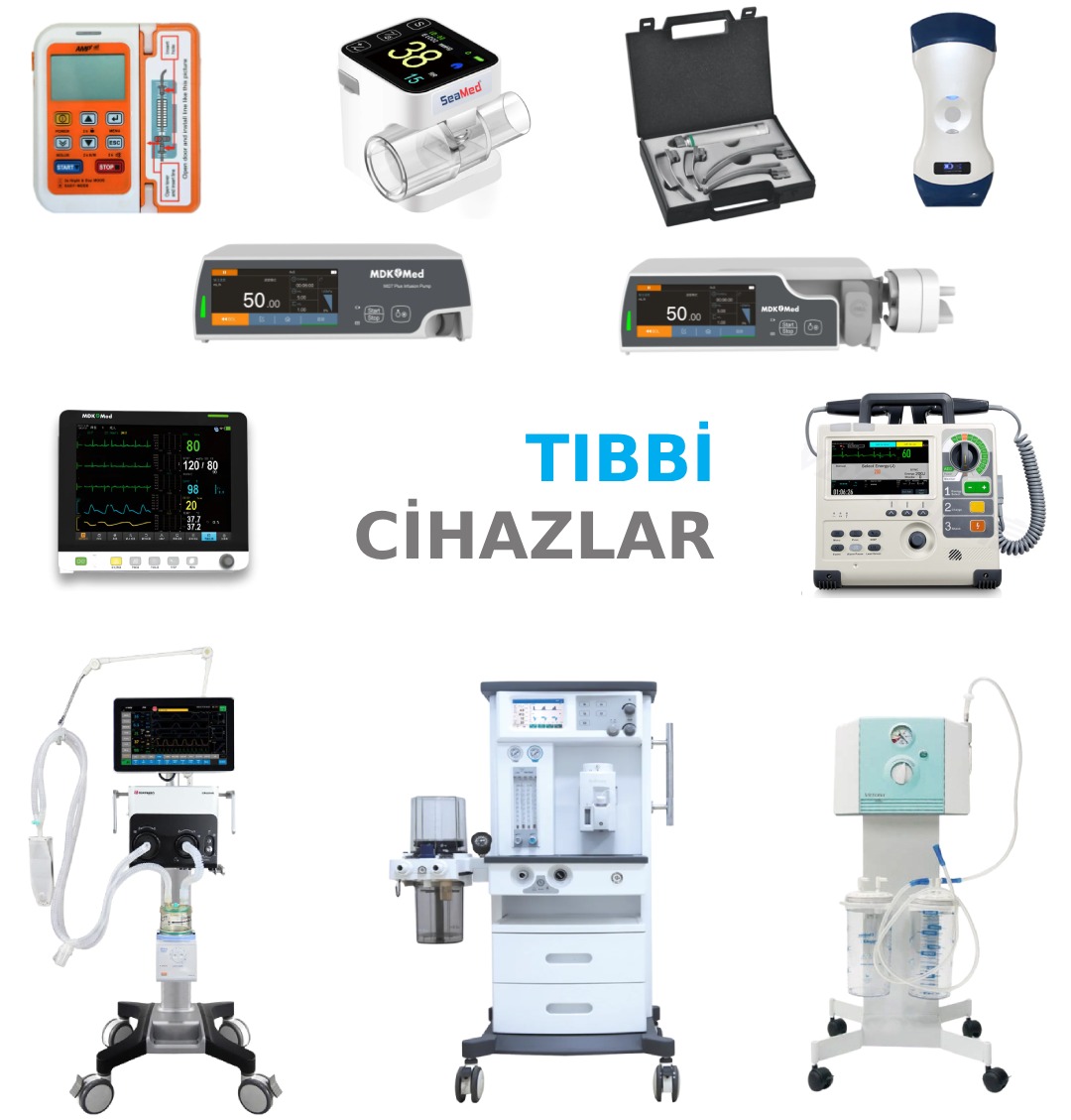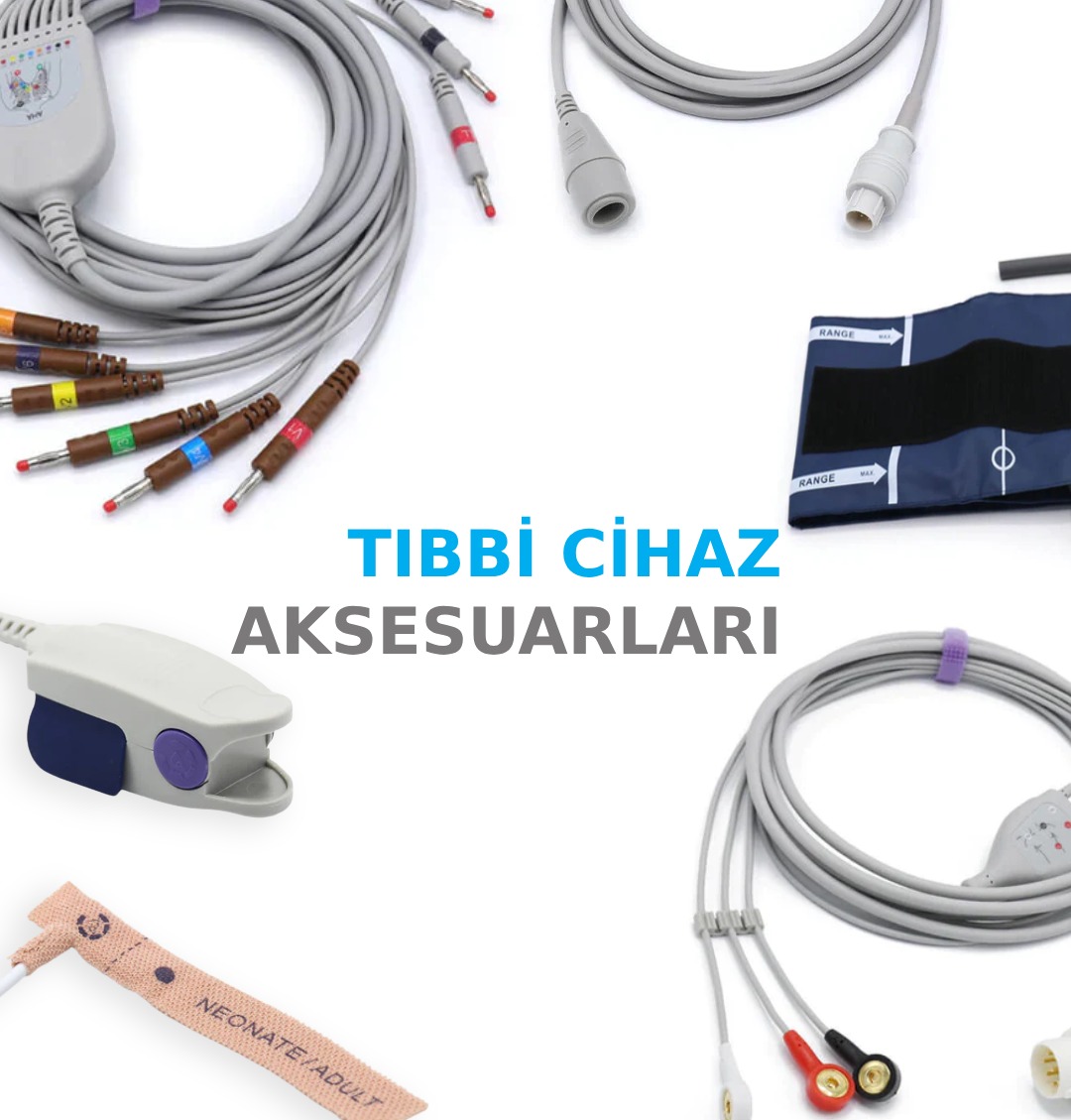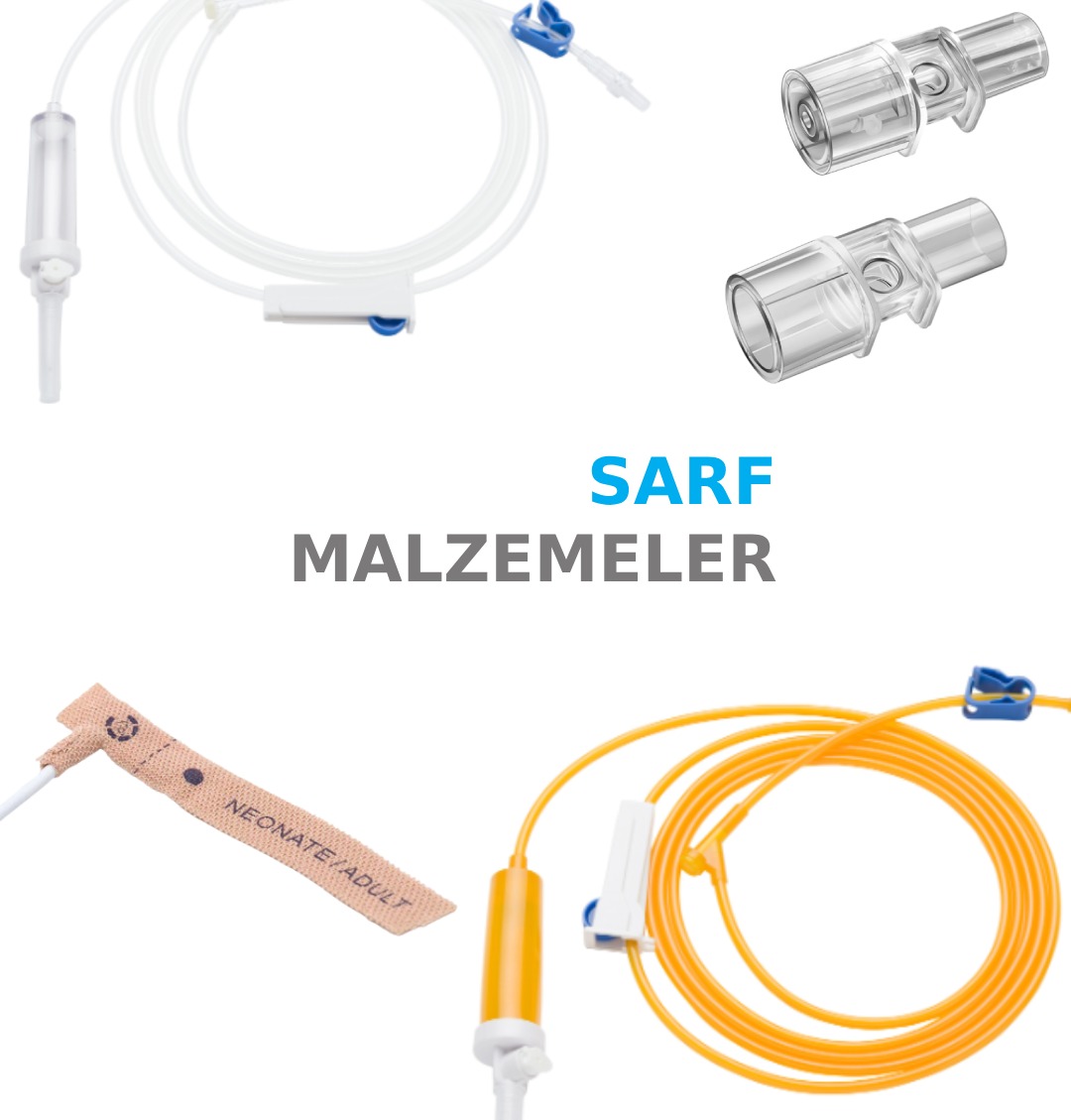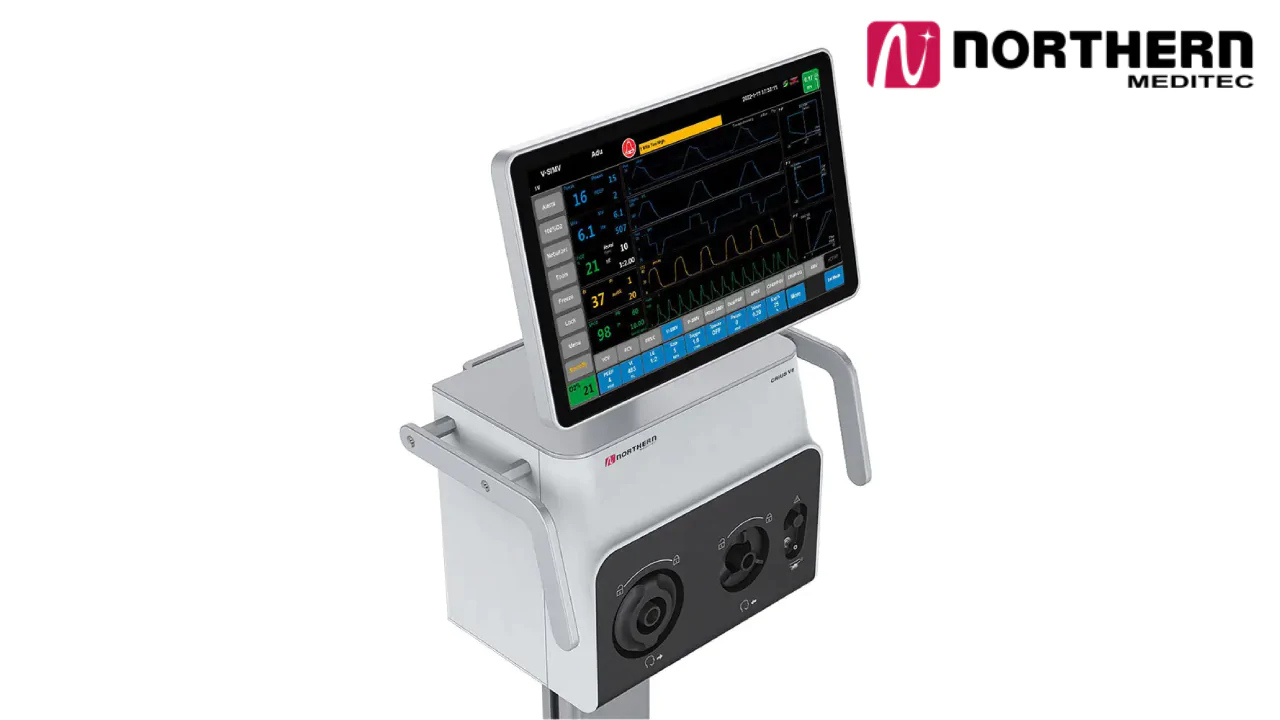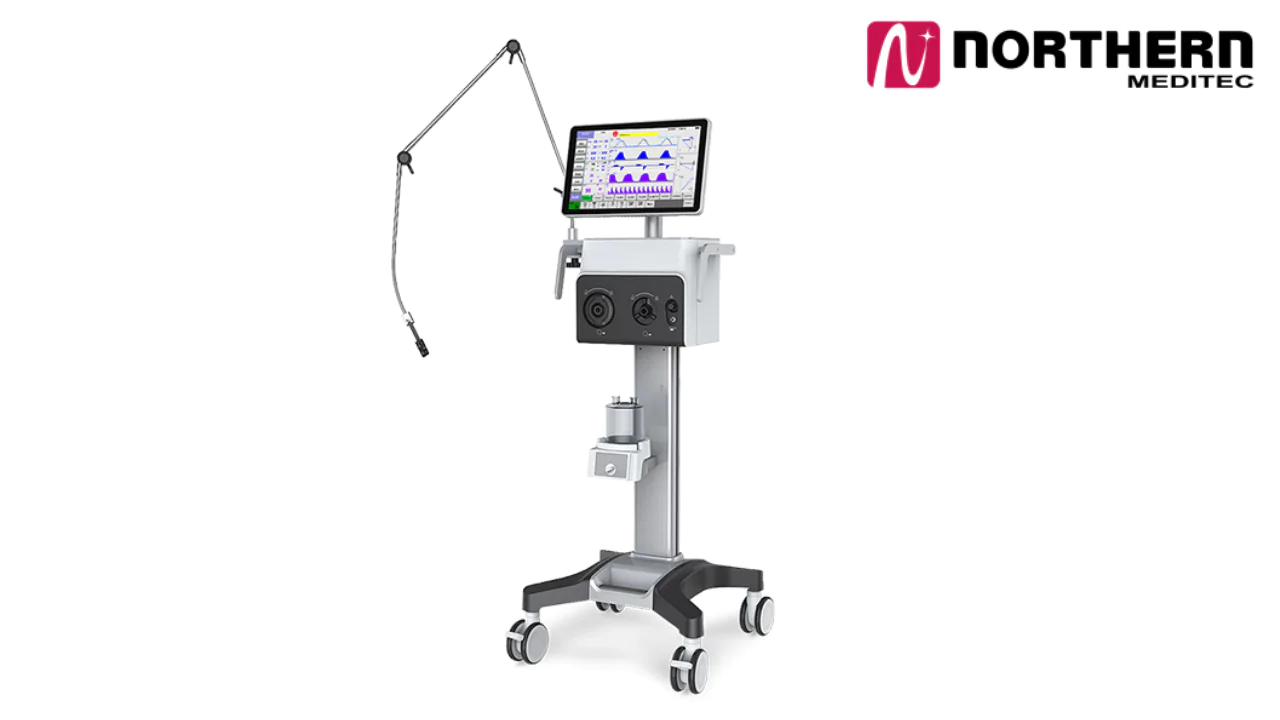
NORTHERN CRIUS V6 INTENSIVE CARE VENTILATOR
- Use in Adult, Pediatric, Neonatal Patients,
- Air Production with Internal Blower System,
- Tidal volume between 2ml-2000ml
- 72 hours memory capacity for all parameters
- Built-in nebulization output
- Automatic calibration at startup
- Patient type selection at startup and automatic adjustment according to patient weight
Ventilators are medical devices used to provide respiratory support. These devices allow patients who have breathing difficulties or respiratory failure to breathe mechanically. Ventilators provide oxygen to the patient's lungs and facilitate the removal of carbon dioxide by controlling respiratory rate, volume and pressure. These devices are widely used in areas such as intensive care units, emergency rooms, anesthesia rooms and respiratory rehabilitation.
Technical specifications of ventilators typically include breathing modes, breathing parameters adjustability, oxygen contribution, alarm systems, and integration capabilities. Breathing modes determine how the device will work to support the patient's breathing. Different modes can be used, such as pressure-controlled ventilation, volume-controlled ventilation and pressure-supported ventilation. Respiratory parameters include values such as respiratory rate, tidal volume, positive expiratory pressure (PEEP), and oxygen concentration.
Ventilators work by starting the breathing cycle upon a trigger signal given by the patient. The trigger signal is detected through a sensor that detects the patient's respiratory movements or a hose that monitors the patient's breathing movements. The device adjusts respiratory rate, tidal volume and pressure according to a specific breathing mode. These settings are optimized according to the patient's needs and ensure regular breathing.
Some medical-technical terms related to ventilators are: "FiO2" (Fraction of Inspired Oxygen) refers to the percentage of oxygen in the inspired air delivered to the patient. "PEEP" (Positive End-Expiratory Pressure) is a continuous pressure applied at the end of the respiratory cycle and prevents the lungs from collapsing. "Trigger sensitivity" refers to how sensitively the ventilator detects the patient's respiratory movements.

